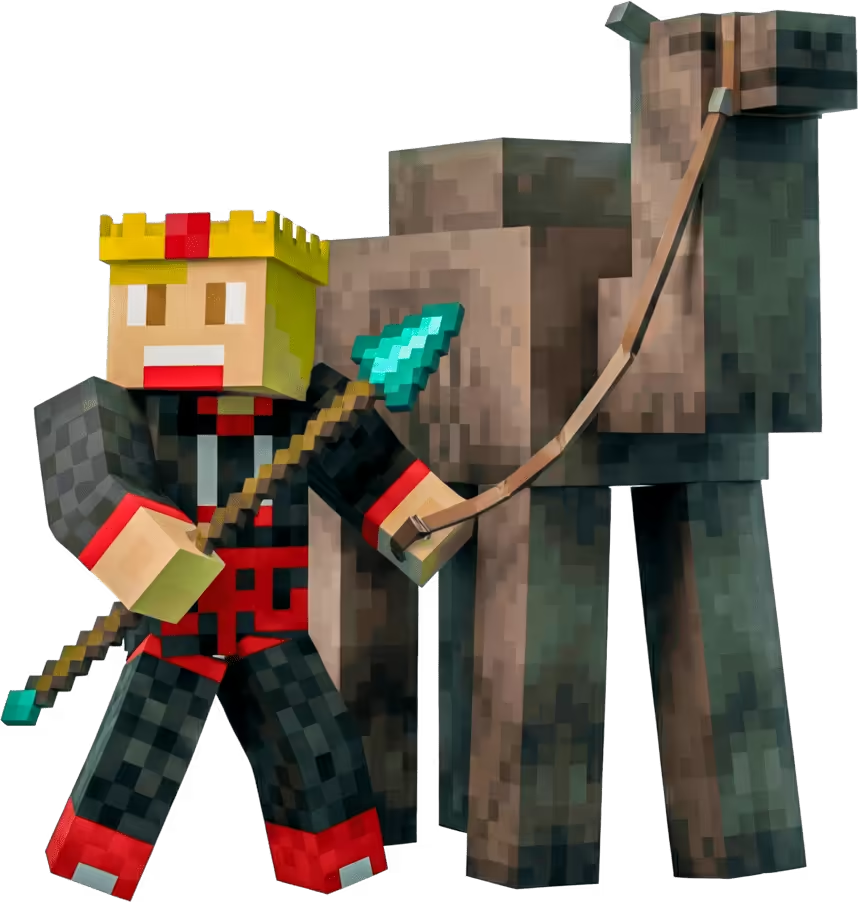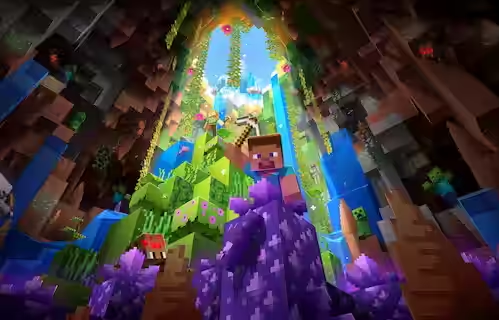When setting up a Minecraft server, whether you’re self-hosting or renting from a provider, one of the most questions people get is: “How much storage do I actually need?”.
Storage (also called disk space) determines how much data your server can hold: your world files, player data, plugins, mods, backups, and configuration files.
Run out of space, and your server might crash, corrupt, or fail to save progress.
Buy too much, and you’re paying for unused space.
Let’s break it down step-by-step so you can make the right choice.
What Is Server Storage and Why It Matters
Think of storage as your server’s hard drive, it keeps everything that makes your world what it is. Here’s what typically consumes storage on a Minecraft server:
| Type of Data | Description | Typical Size |
|---|---|---|
| World Files | The terrain, structures, and explored chunks. | 50 MB – 10 GB+ |
| Plugins / Mods | Adds gameplay features or custom logic. | 10 MB – 2 GB |
| Player Data | Inventories, achievements, homes. | 1 MB – 100 MB |
| Logs & Configs | Server logs, config files, crash reports. | 10 MB – 500 MB |
| Backups | Full world saves. | Save world file size |
How Much Storage You Actually Need
There’s no universal number, your storage depends on your server type, mods, and player base. But here’s a practical guide based on real-world data and server owner experiences:
| Server Type | Player Count | Recommended Storage | Notes |
|---|---|---|---|
| Vanilla Survival | 5–10 | 2–10 GB | Perfect for short-term playing with friends. |
| Modded (Forge/Fabric) | 5–15 | 10–30 GB | Perfect for most cases. Gives you room for backups too. |
| Plugin-Heavy (Spigot/Paper) | 10–30 | 15–40 GB | Usually recommended for smaller public servers. |
| Mini-Game / Hub Network | 20–100 | 30–80 GB | Multiple worlds, lobbies, schematics. |
| Large Community Server | 100+ | 100 GB – 500 GB+ | This can vary a lot. Massive worlds take up lots of space. |
At first, your world might be tiny, especially if only a few players are exploring. But as the server runs longer, storage usage snowballs.
- Exploration = Growth: Every new chunk (16×16 area) creates more data.
- Plugins & Mods Add Weight: Custom features and extra worlds multiply storage use.
- Player Base Expands: More players = more player data, maps, and log files.
- Backups Stack Up: Each auto-save adds gigabytes over time.'
Storage Drives: SSD vs. NVMe vs. HDD
Not all storage is equal, and when it comes to Minecraft servers, your drive type can make or break performance. Drive types matter because they determine how fast your Minecraft server loads, saves, and runs.
Let’s unpack each drive type:
| Storage Type | Speed | Reliability | Note |
|---|---|---|---|
| HDD (Hard Disk Drive) | 🐢 Slow (80–150 MB/s) | 🟠 Moderate | Chunks load late, autosaves can lag the server. |
| SSD (Solid State Drive) | ⚡ Fast (400–550 MB/s) | 🟢 High | Smoother gameplay and quicker backups. |
| NVMe (PCIe SSD) | 🚀 Ultra-fast (2000–7000 MB/s) | 🟢 High | Idea for any server that's looking for high performance. |
What About “Unmetered” Storage?
You’ve probably seen hosting offers: “unmetered” or “unlimited” disk space.
Sounds amazing, right? But here’s the catch. it’s never truly unlimited.
Most hosts apply “fair use” policies, meaning:
- You can use as much storage as you want within “fair use” limits. Each hosting defines "fair use" in their own way.
- Large files (multiple 20 GB backups, video files, etc.) may trigger warnings or suspensions.
- Some “unlimited” hosts throttle your disk performance instead of outright limiting it.
So, should you go with unlimited storage or not? My advice is yes, why not. You are likely saving more money doing it and you barely feel the downsides.
Final Takeaway
Your Minecraft server’s storage is more than just a number, it’s the foundation of stability and performance. Whether you self-host or rent, choosing the right size and type of storage ensures smooth gameplay, fast chunk loading, and reliable backups.



 Carl S.
Carl S.

